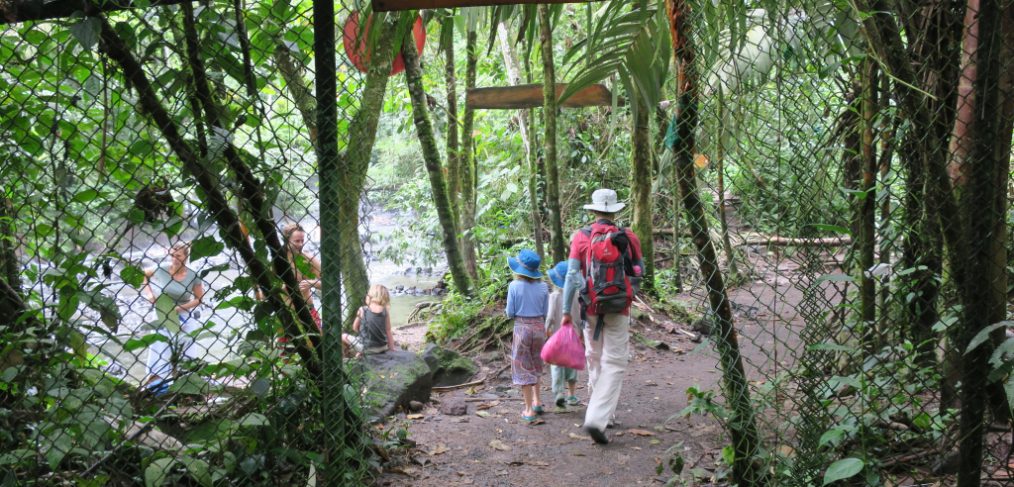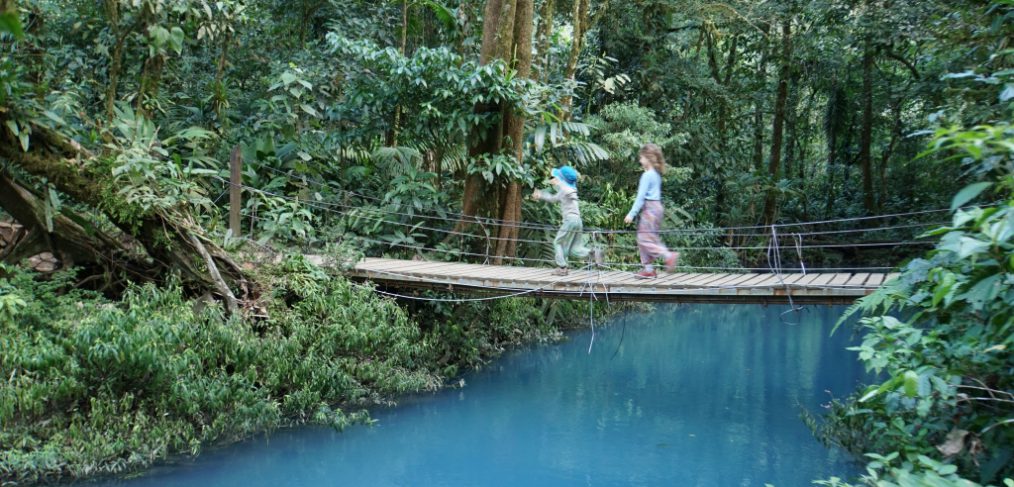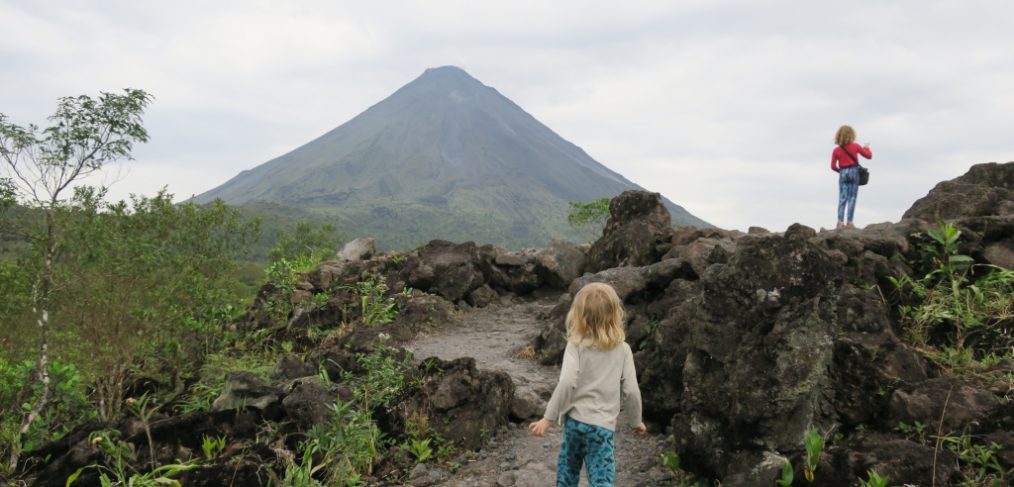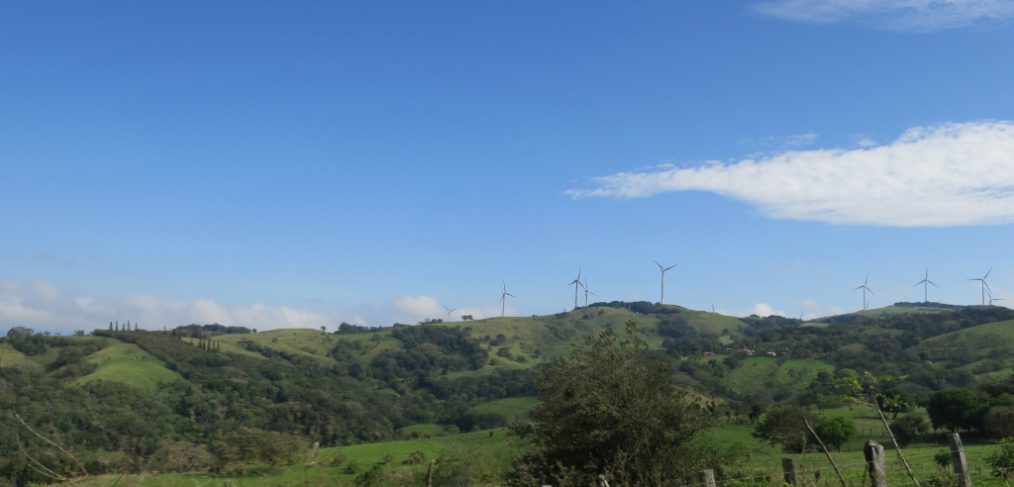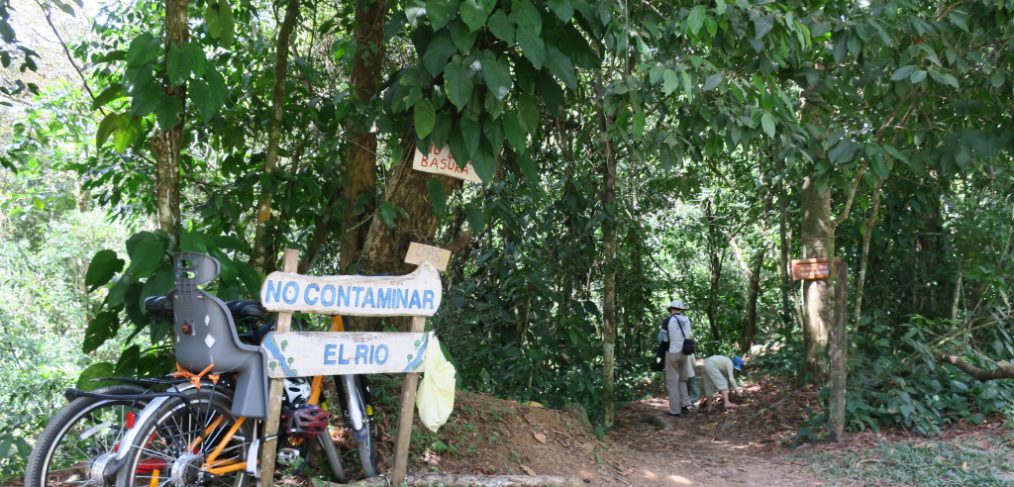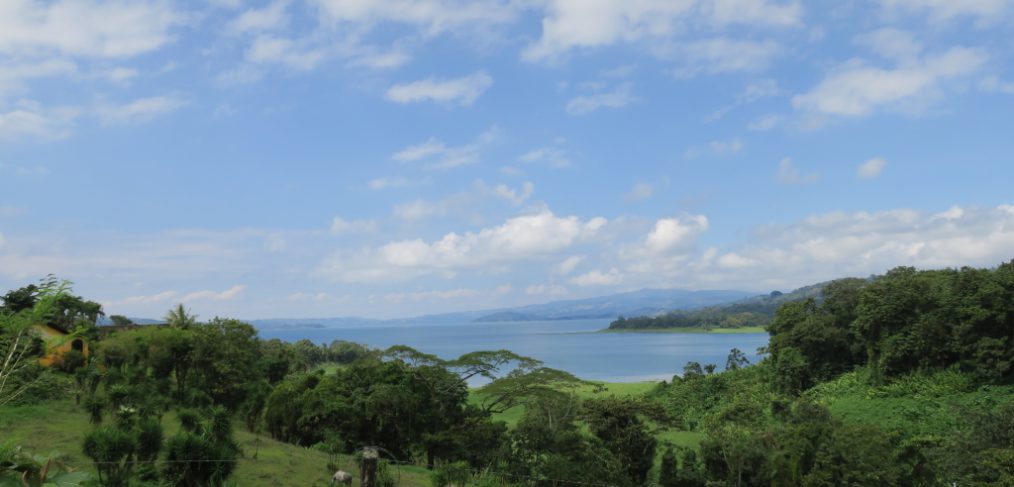2020-02-10
by Ragna
Environmentalism, the Tico way – part 1
Note: I have redacted this blog in Spanish/Castilian as part of our language learning program (with some translation help:-)) Please excuse any mistakes in the version further below.
But first, the version translated in English:
—————————————————————————————————————————-
ENGLISH: Environmentalism, the Tico way – part 1
—————————————————————————————————————————–
When I started planning our life in Costa Rica, I received many questions from friends and family why we selected this country. I already had some ideas of the Switzerland of Central America (called by some): there
are many animals, a lot of nature, many protected national parcs, a lot of renewable energy. No military and not much violence, like in the neighbouring countries. But I didn’t know the statistics. Hence one of my goals was to study what happened in this country and understand how it is possible to set the foundation for a collective mindset of environmental protection since decades.
When I arrived in Costa Rica, my initial impressions of the first 3 weeks were the following:
- The water from the tap is safe! It’s drinking water everywhere where we have traveled so far. I can’t recall when I have experienced this in a country of low or middle income.
- Then I saw many single-use plastic bags and packaging in a bigger supermarket in San Jose. I asked myself, how can Costa Rica convert into a society without single-use plastic. As this was declared by the government as objective for the year 2021 …
- But when I arrived in the south of the country, in our village of Ojochal, I observed a notice in the local shop, that all clients shall bring their own bags. Additionally many local fruits and vegetables can be bought without packaging. I was a little happier.
- When traveling for one week in the mountains and the elevated parts of Costa Rica, I learned that a lot of hydroelectric, geothermal and wind energy gets produced. First, there are many volcanoes and in consequence a lot of geothermal energy. Some of it gets even exported to neighbouring countries such as Panama and Nicaragua. There is also a lot of wind in its cordilleras, and therefore many wind power plants. Third, I saw a large artificial lake, a dam, that had been created decades ago and that produces a lot of the energy for the Ticas and Ticos (how the Costa Ricans call themselves). I felt very good in a country with the ambitious objective to reach at net carbon zero emissions by 2021!
- There is recycling of garbage in hostels, in the public and at home.
- But the most important observation for me was that there is no trash dispersed in nature, on beaches, waterfalls, rivers, nowhere. On multiple occasions, I found signboards like “don’t leave trash” or “don’t contaminate the river”. My favorite note was “Love – Trash = Culture”. Rarely had I experienced this in a country of low or middle income. For example in Bali, Indonesia, trash, especially plastic is everywhere, in the sea, in the forest, at the side of the roads. But I remembered that also in Rwanda, in Africa, I felt perplex and astonished when I observed that much less trash can be found in the environment, than in its neighbouring countries, for example Uganda and Kenya.
So, tomorrow, I will ask my Spanish teacher, who is Tica, how this environmentalism can be possible.
————————————————————————————————————–
ESPAÑOL: El ambientalismo collectivo en Costa Rica (parte una)
————————————————————————————————————–
Cuando empecé a planear nuestra vida en Costa Rica, recibí muchas preguntas de mis amigos y familiares sobre el porqué de la elección de este país. Ya tenía algunas ideas sobre la Suiza de América Central (como algunos la llaman): hay muchos animales, mucha naturaleza, muchos parques nacionales protegidos, mucha energía renovable. No hay militares y no hay mucha violencia, como en los países vecinos. Pero no conocía las estadísticas! De ahí que uno de mis objetivos fue estudiar lo que ocurrió en este país y comprender ¿cómo es posible sentar las bases de una mente colectiva de protección del medio ambiente desde hace décadas?
Cuando llegué a Costa Rica, mis impresiones iniciales de las primeras 3 semanas fueron las siguientes:
- ¡El agua de casa (agua pública que sale de cualquier grifo) es segura! Es agua potable en todas las partes donde hemos viajado hasta ahora. No puedo recordar cuando he experimentado esto en un país de bajos o medianos ingresos.
- Entonces, vi muchas bolsas de plástico y envases de sólo uso en un gran supermercado de San Jose. Me pregunté ¿cómo Costa Rica puede convertirse en una sociedad sin plástico de un solo uso? Esto fue declarado por el gobierno como objetivo para el año 2021…
- Pero cuando llegué al sur del país, a nuestro pueblo de Ojochal, observé un aviso en la tienda local, que todos los clientes deberían traer sus propias bolsas. Además, muchas frutas y verduras locales se compran sin empaquetar. Yo estaba un poco mas contento.
- Cuando viajé durante una semana por las montañas y las partes elevadas de Costa Rica, aprendí que se produce mucha energía hidroeléctrica, geotérmica y eólica. En primer lugar hay muchos volcanes y en consecuencia mucha energía geotérmica. Parte de ella se exporta a países vecinos como Panamá y Nicaragua. También hay mucho viento en sus cordilleras, y por lo tanto muchas plantas de energía eólica. En tercer lugar, vi un gran lago artificial, una presa, que se había creado hace algunas décadas y que produce mucha energía para las Ticas y los Ticos (como los costarricenses se llaman a sí mismos). Me sentí muy bien en un país con el ambicioso objetivo de llegar a las emisiones netas de carbono cero para 2021!
- Hay reciclaje de basura en los albergues, en el público y en casa.
- Pero la observación más importante para mí fue que no hay basura diseminados en la naturaleza, en las playas, cascadas, ríos, en ninguna parte. En múltiples ocasiones, encontré avisos como “no dejé basura” o “no contaminar el río”. Mi nota favorita era “Amor – Basura = Cultura”. Rara vez había experimentado esto en un país de bajos o medianos ingresos. Por ejemplo, en Bali, Indonesia, la basura, especialmente el plástico, está en todas partes, en el mar, en el bosque, al lado de las carreteras. Pero recordé que también en Ruanda, en África, me sentí perplejo y astonizado cuando observé que mucha menos basura se puede encontrar en el medio ambiente, que en sus países vecinos, por ejemplo Uganda y Kenia.
Entonces, mañana le preguntaré a mi profesora de español, que es Tica, ¿cómo esto ambientalismo puede ser posible?

